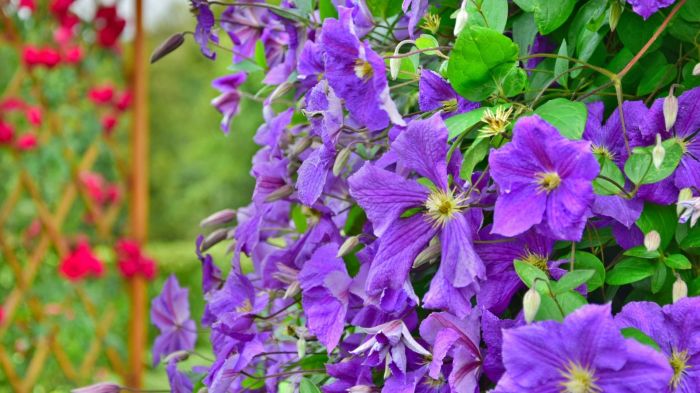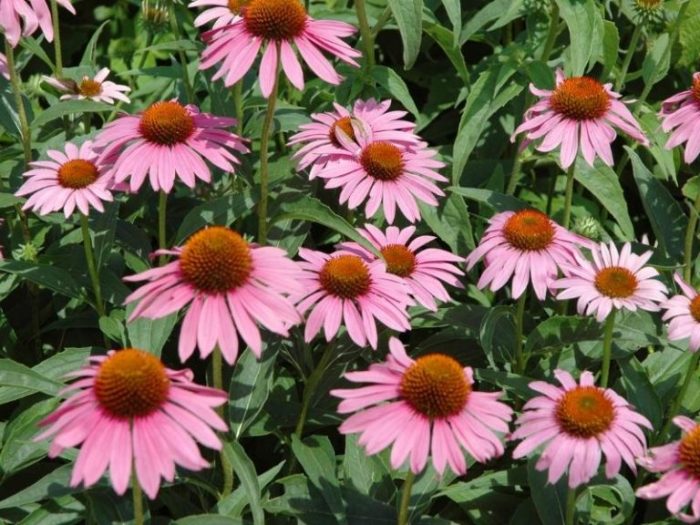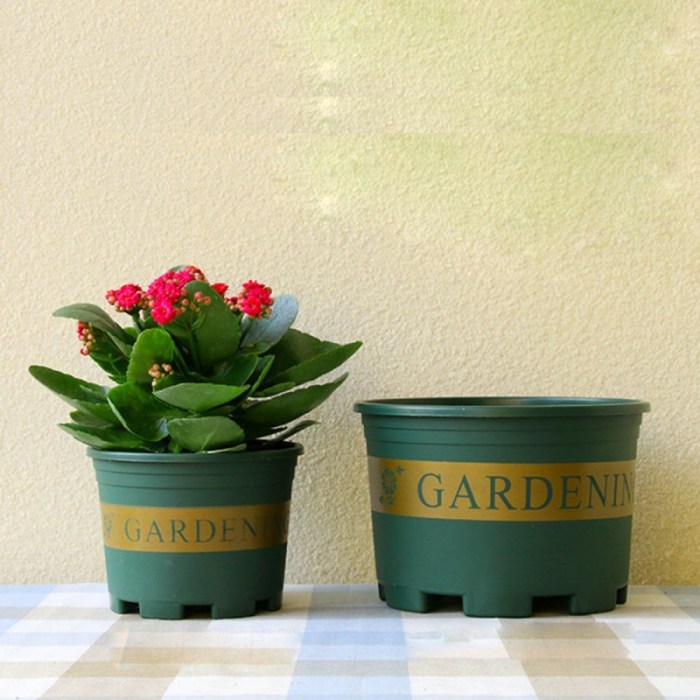Plant Compatibility: 12 Inch Plant Pot

12 inch plant pot – A 12-inch plant pot offers a good-sized growing space for a variety of plants, but choosing the right plant is crucial for its healthy development. The plant’s mature size and root system must be considered to avoid overcrowding or rootbound issues. Careful selection ensures both the plant’s and the pot’s longevity.Suitable plants for a 12-inch pot should be selected based on their mature size.
Overly large plants will quickly outgrow the pot, while smaller plants may appear lost in the space. The root system also plays a critical role; some plants have extensive root systems requiring more space than others.
Suitable Plant Types, 12 inch plant pot
The following list provides examples of plants that generally thrive in 12-inch pots, keeping in mind that growth can vary depending on the plant’s cultivar and growing conditions.
- Larger flowering plants: Hydrangeas, Hibiscus, certain varieties of Roses (dwarf or compact varieties are ideal), and some Lavender varieties.
- Shrubs: Boxwoods (dwarf varieties), small evergreen shrubs like Juniper or Holly (dwarf varieties).
- Herbaceous perennials: Coneflowers, Salvia, Daylilies (smaller varieties), and Hostas (smaller varieties).
- Vegetables and Herbs: Tomatoes (determinate varieties), peppers, zucchini (bush varieties), and basil.
Soil Requirements for Different Plant Types
The type of soil and its drainage are crucial for plant health. Different plants have different needs. Using the wrong soil can lead to problems such as root rot or nutrient deficiencies.
So, you’ve got a 12-inch plant pot, right? Pretty standard size, good for a few smaller plants. But what if you need something…bigger? Something with more, uh, oomph? Check out these large clay plant pots if you’re thinking seriously about upgrading.
Then again, maybe that 12-inch pot is perfect after all. Depends on the plant, I guess. And your level of commitment to plant parenthood.
| Plant Type | Soil Type | Drainage Needs |
|---|---|---|
| Hydrangea | Well-draining, slightly acidic soil (pH 5.5-6.5) rich in organic matter | Excellent drainage to prevent root rot |
| Tomatoes | Well-draining, fertile loam with a slightly acidic to neutral pH (6.0-7.0) | Good drainage to prevent waterlogging |
| Basil | Well-draining potting mix, rich in organic matter | Good drainage to prevent fungal diseases |
| Lavender | Well-draining, sandy or gravelly soil with good aeration; prefers slightly alkaline conditions (pH 7.0-8.0) | Excellent drainage is essential; avoid waterlogged conditions |
Challenges of Growing in 12-Inch Pots
Growing plants in 12-inch pots presents some challenges. Understanding these challenges and implementing preventative measures is key to successful plant cultivation.Overwatering is a common problem, leading to root rot. The symptoms include yellowing leaves, wilting, and a foul odor emanating from the soil. Proper watering techniques, ensuring good drainage, and using well-draining potting mixes are crucial. Rootbound plants, where roots circle the inside of the pot, restrict growth and can cause wilting.
Repotting into a larger container is the solution for rootbound plants. For example, a tomato plant, if left in a 12-inch pot for too long without repotting, will exhibit stunted growth and reduced fruit production. Regular monitoring and timely repotting are vital for preventing rootbound issues.
Care and Maintenance

Proper care and maintenance are crucial for the healthy growth and longevity of plants in 12-inch pots. Understanding watering techniques, fertilization strategies, and repotting procedures will significantly impact your plants’ well-being. This section details essential practices to ensure your plants thrive.
Watering Techniques
Appropriate watering depends on several factors, including the pot material, plant type, and environmental conditions. Terracotta pots are porous and allow for faster evaporation, requiring more frequent watering than plastic or glazed ceramic pots which retain moisture longer. Plants with high water requirements, such as ferns or tropical plants, need more frequent watering than drought-tolerant succulents or cacti. Always check the soil moisture before watering; insert your finger about an inch into the soil.
If the soil feels dry, it’s time to water thoroughly until water drains from the drainage holes. Avoid overwatering, which can lead to root rot. For plants in plastic pots, allow the top inch of soil to dry out between waterings. For terracotta pots, allow the top two inches of soil to dry out.
Fertilizing Plants
Regular fertilization provides essential nutrients for healthy plant growth. A balanced, slow-release granular fertilizer is suitable for most plants in 12-inch pots. Follow the instructions on the fertilizer packaging for the appropriate application rate. Liquid fertilizers can also be used, but be cautious to avoid over-fertilizing, which can damage the roots. Apply liquid fertilizer at half strength, according to the package instructions, and only during the active growing season (spring and summer).
Observe your plants for signs of nutrient deficiency, such as yellowing leaves or stunted growth, which may indicate a need for additional fertilization. Always water thoroughly after fertilizing to prevent fertilizer burn.
Repotting Plants
Repotting plants from smaller containers into 12-inch pots is necessary when the roots become root-bound, meaning they have filled the existing container and are circling around the root ball. This limits the plant’s access to water and nutrients. To repot, gently remove the plant from its current container. Loosen the roots slightly to encourage outward growth. Place a layer of fresh potting mix at the bottom of the 12-inch pot.
Position the plant in the center of the pot, ensuring the top of the root ball is level with the rim of the pot. Fill the remaining space with fresh potting mix, gently firming it around the base of the plant. Water thoroughly after repotting to help settle the soil.
Helpful Answers
How often should I water a plant in a 12-inch pot?
Watering frequency depends on the plant, pot material (terracotta dries faster), and environmental conditions. Check soil moisture; water when the top inch feels dry.
What are the signs of a rootbound plant in a 12-inch pot?
Roots circling the pot’s base, stunted growth, and difficulty absorbing water are all signs. Repotting into a larger container is usually necessary.
Can I use just any soil for a 12-inch pot?
No. Soil type depends on the plant. Well-draining potting mix is generally preferred to avoid root rot. Amend as needed per plant requirements.
How do I choose a 12-inch pot for outdoor use?
Prioritize frost resistance if needed. Consider UV resistance and durability against weather elements. Drainage holes are essential.



